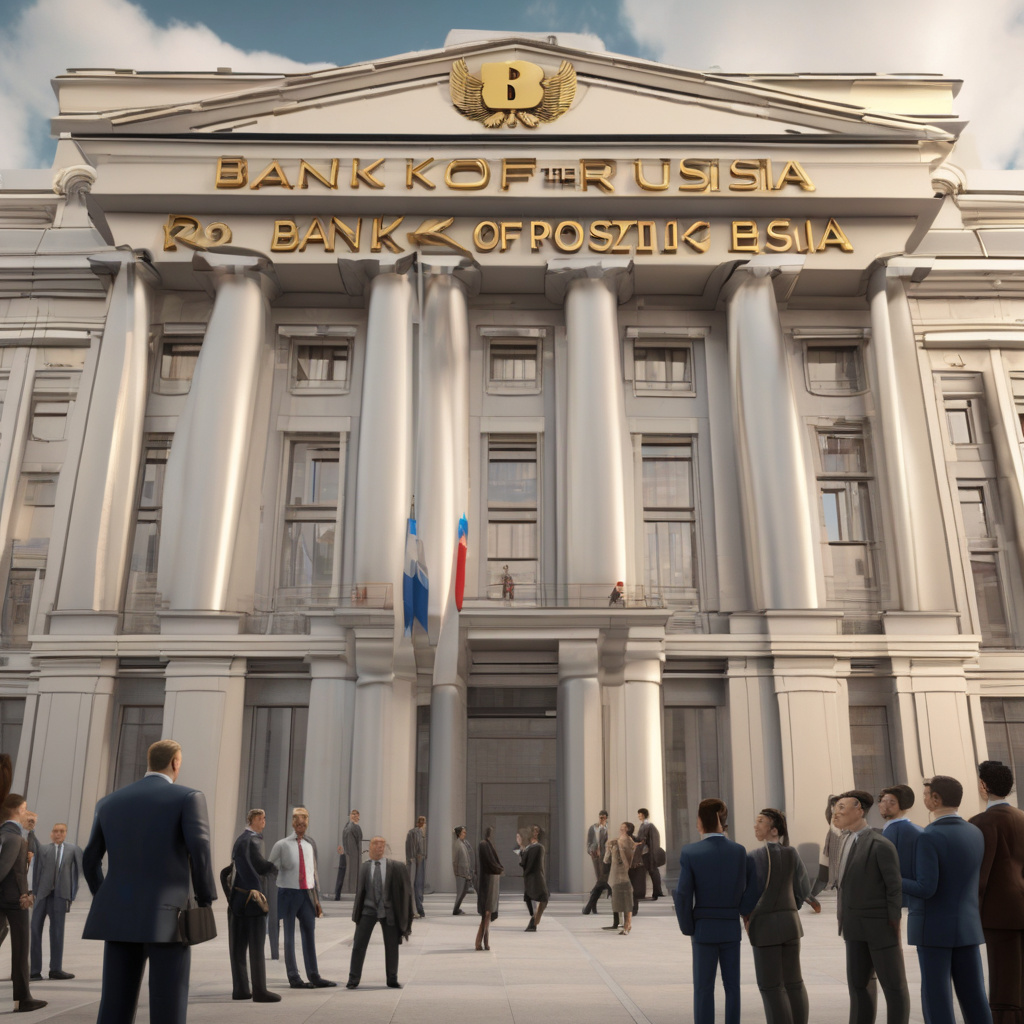Bank of Russia Paves the Way for Crypto Derivatives in Mutual Fund Portfolios
In a groundbreaking move, the Bank of Russia is set to revolutionize the investment landscape by allowing futures contracts on Exchange-Traded Funds (ETFs) that track Bitcoin to be included in mutual fund portfolios. This decision comes as part of new regulations by the Central Bank of Russia (CBR), signaling a significant shift in the traditional investment sphere towards embracing the potential of digital assets.
The inclusion of crypto derivatives in mutual funds is a major milestone that highlights the growing acceptance and integration of cryptocurrencies into mainstream financial markets. By offering futures contracts on ETFs tied to Bitcoin, investors will now have the opportunity to indirectly invest in the world’s most popular cryptocurrency through regulated and traditional investment vehicles.
This move by the Bank of Russia not only opens up new avenues for diversification within mutual fund portfolios but also underscores the increasing relevance of cryptocurrencies in today’s investment landscape. As digital assets continue to gain traction and evolve as an asset class, traditional financial institutions are recognizing the need to adapt and offer investors exposure to this burgeoning market.
Moreover, the decision to allow crypto derivatives in mutual fund portfolios reflects a broader trend towards innovation and adaptation within the financial sector. By providing access to Bitcoin through regulated channels, the Bank of Russia is not only meeting the changing demands of investors but also positioning itself at the forefront of financial innovation.
The integration of crypto derivatives into mutual fund portfolios also brings with it a range of potential benefits for investors. By including Bitcoin futures contracts, mutual funds can offer enhanced diversification, potentially higher returns, and exposure to a new and uncorrelated asset class. This can be particularly appealing for investors looking to hedge against traditional market risks or capitalize on the growth potential of cryptocurrencies.
Furthermore, the move by the Bank of Russia to allow crypto derivatives in mutual fund portfolios is likely to have a ripple effect across the global financial industry. As one of the first major central banks to take such a progressive stance on cryptocurrencies, Russia is setting a precedent that other countries may follow in the future. This could pave the way for increased institutional adoption of digital assets and further integration of crypto derivatives into traditional investment vehicles worldwide.
In conclusion, the Bank of Russia’s decision to allow futures contracts on ETFs tracking Bitcoin in mutual fund portfolios marks a significant step towards mainstream acceptance of cryptocurrencies in the financial sector. By embracing crypto derivatives, traditional financial institutions are not only catering to evolving investor preferences but also positioning themselves at the forefront of financial innovation. As the world of finance continues to evolve, the integration of digital assets into traditional investment vehicles is a trend that is likely to shape the future of investing for years to come.
banking, russia, crypto, derivatives, mutual funds












